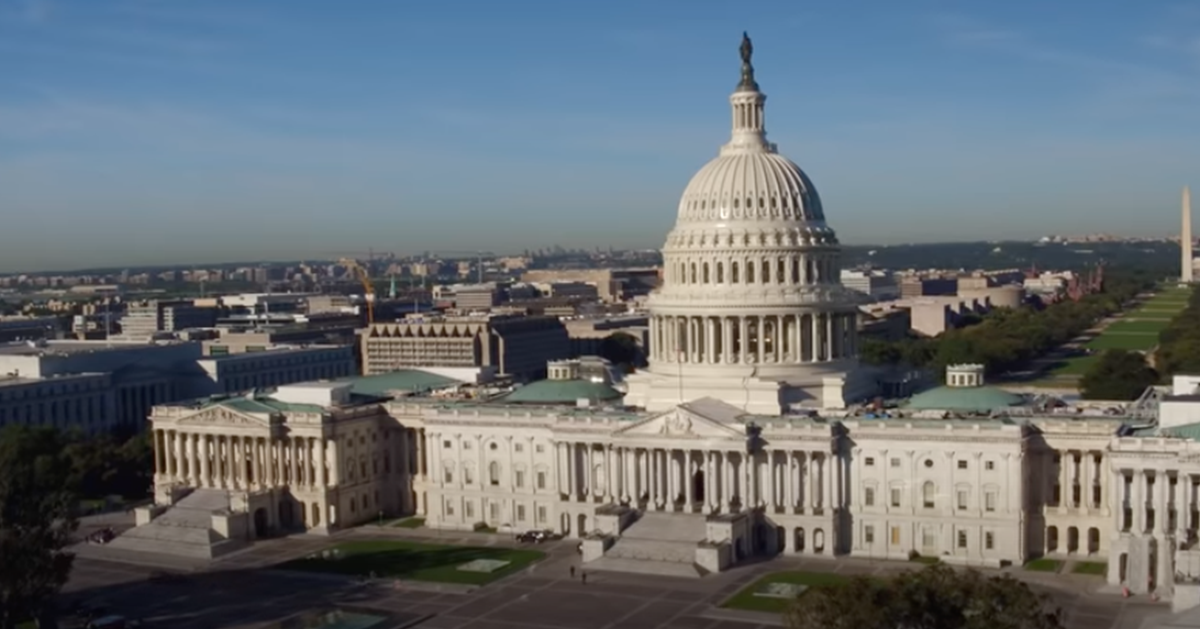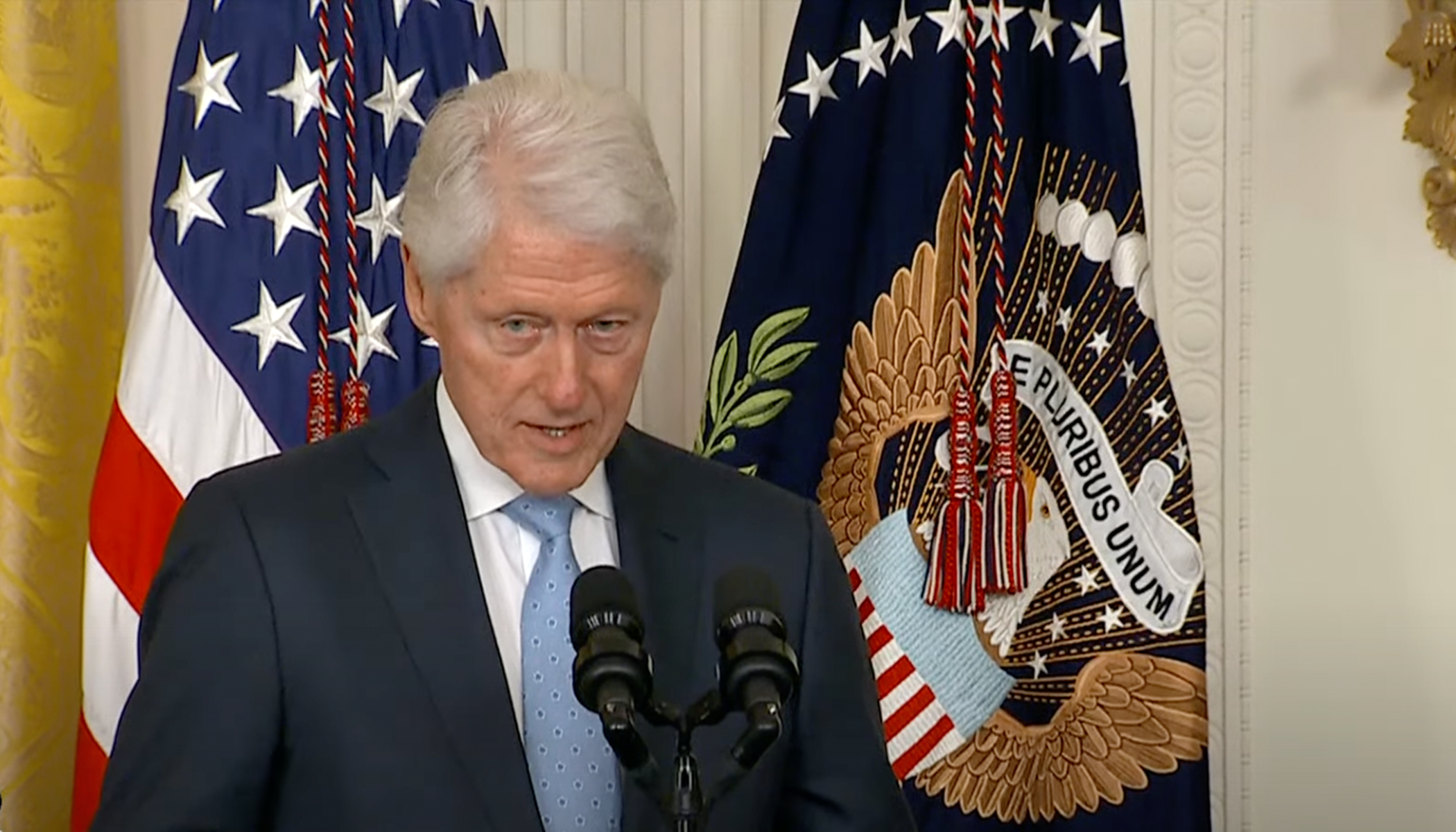Court Ruling Challenges Longstanding Environmental Rules
The D.C. District Court of Appeals has delivered a landmark ruling that could reshape the landscape of federal environmental regulation in the United States.
The court declared that the White House Council on Environmental Quality (CEQ) lacks authority to issue binding regulations under the National Environmental Policy Act (NEPA), as Fox News reports.
This decision stems from a case involving the Federal Aviation Administration (FAA), highlighting a significant constitutional issue regarding the division of powers within the federal government.
NEPA, enacted in 1970, requires that federal agencies evaluate environmental impacts prior to making decisions that may affect the environment.
This law was initially focused on promoting thoughtful consideration of ecological consequences, ensuring that ecological preservation becomes a part of federal decision-making.
Court Examines Historical Practices Under NEPA
The ability of the CEQ to issue binding environmental regulations rather than guidelines was facilitated by an executive order signed by President Jimmy Carter in 1977. This order enabled the CEQ to assume regulatory authority, setting a precedent that has guided federal environmental policy.
The case prompting this judicial scrutiny, Marin Audubon Society v. Federal Aviation Administration, revolved around concerns that the FAA had not adequately complied with NEPA's requirements in relation to park flight operations. The CEQ's role in promulgating regulations emerged as a central factor in this case, triggering the court's examination.
The judges underscored a "separation of powers" issue in the court documents, questioning the legitimacy of CEQ's regulatory power rooted in an executive order rather than legislative authorization. In their analysis, the court stated that the President does not have the constitutional right to unilaterally grant this authority, which is traditionally reserved for Congress.
Court Cites Constitutional Concerns
"The Constitution does not permit the President to assume Congressional legislative duties," the court wrote, arguing that executive orders cannot empower government officials to create regulations in the manner of a statute.
The ruling brings into question a number of CEQ's historical regulatory actions. Over the years, CEQ regulations have served as a framework for significant rules designed to address climate change impacts and integrate environmental justice considerations into federal law.
Nevertheless, the court pointed out that this separation of powers and interpretation issue has gone unnoticed for many decades, affecting numerous cases without challenge or resolution until now.
Implications for Future Environmental Policies
While CEQ's authority has long been part of accepted environmental policy practices, this judicial opinion challenges that norm and sets a potential precedent for future interpretations of executive authority under NEPA. The ruling may initiate new strategies for enforcing environmental considerations within federal decision-making, should it lead to further appeals or legislative revisions.
The implications of this verdict might extend well beyond the specifics of the FAA's compliance. Federal agencies might need to revise their processes when implementing environmental reviews, potentially slowing down ongoing projects or altering their scope to ensure compliance under the judiciary's current understanding of NEPA.
As the case continues to develop, stakeholders from various sectors will closely monitor possible appeals that might redefine the limits of executive orders. Adjustments to the traditional interpretations of executive versus legislative powers could have profound effects on the administration of environmental policies.
Next Steps May Include Appeals
Whether the federal government decides to appeal this decision remains to be confirmed. An appeal could eventually make its way to the U.S. Supreme Court, bringing even more attention to the intricate balance of powers within the U.S. legal system.
The environmental regulatory community is likely to respond with increased focus on legislative processes, seeking clear definitions and authorities that avoid such judicial ambiguities in the future. Organizations affected by NEPA regulations may advocate for more explicit roles and guidelines that are navigable within this new judicial framework.
Ultimately, this ruling marks a pivotal moment that challenges established precedents, urging a re-evaluation of how federal environmental regulations are crafted and enforced.
Whether the CEQ's diminished regulatory role will become a lasting change remains contingent on the subsequent legal and legislative developments.





